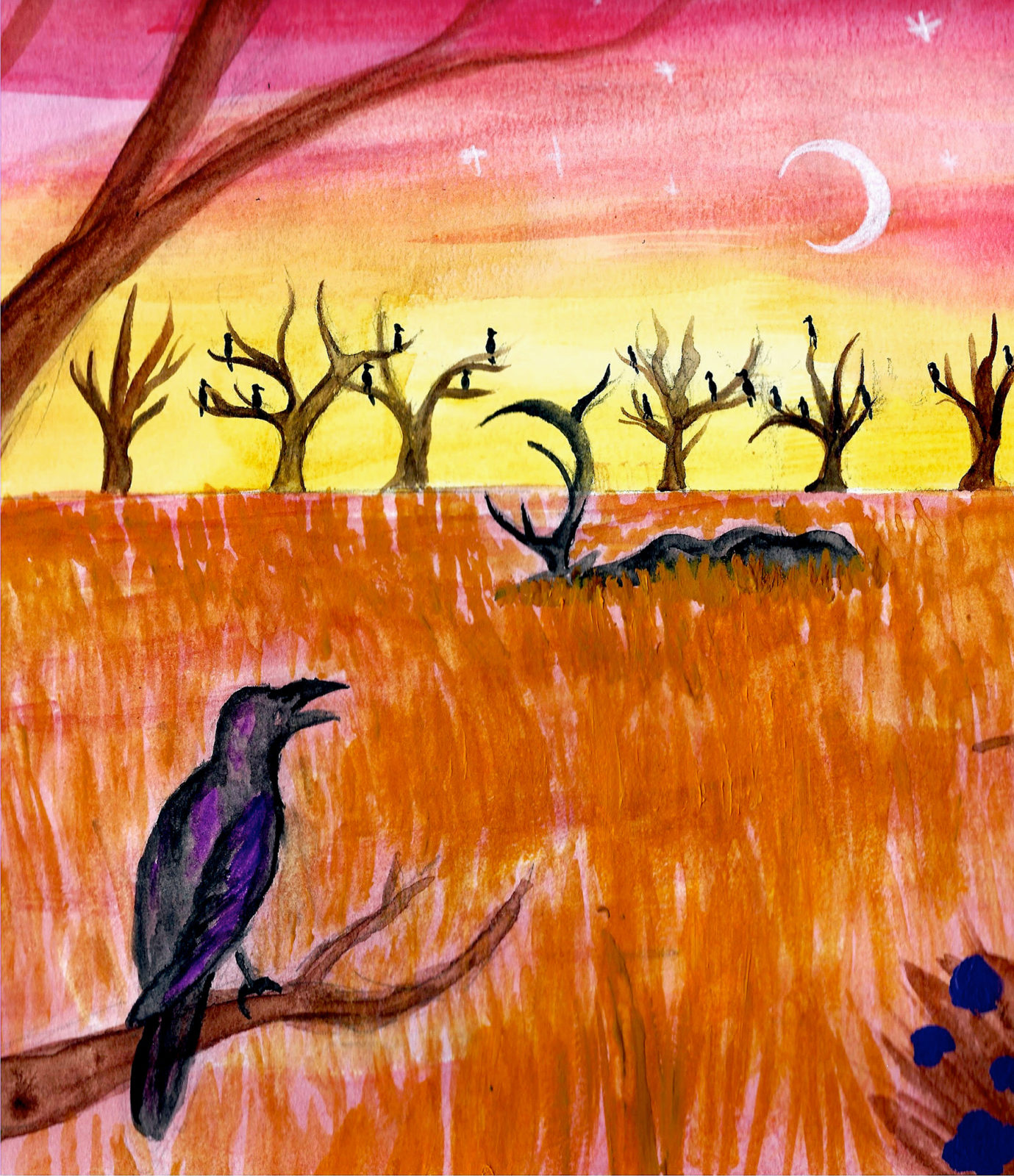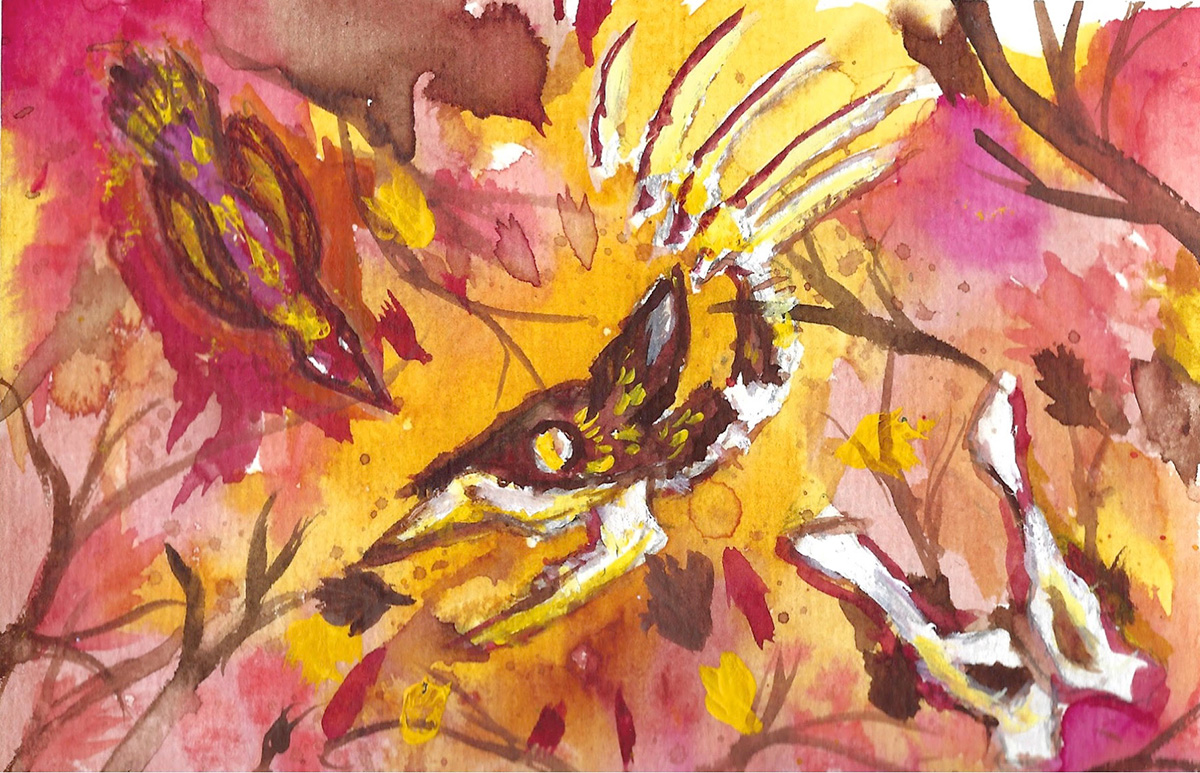
I’m always excited to see an animal in nature — even when it’s dead.
Not everyone feels that way, and you may wonder why the park staff doesn’t remove carcasses to make a prettier and safer experience for the viewers, like a city public works department cleaning public streets.
Well, there are reasons for that. What a park decides to do with a carcass depends largely on circumstance, science, safety, and pragmatism.
Natural Deaths
Park staff might do a variety of things with a carcass that died naturally. If it’s blocking a road, or close enough to the road to attract predators that might then be at risk of getting hit by a car, park staff will move it a little further into the field or brush. The USDA has a guide to carcass disposal, which includes options like composting, burial, sending it to a landfill, or incineration (cremation.)
Two slightly uncomfortable truths emerge, however: one, that large animals die regularly in nature; two, that large bodies are not easy to just wipe up. The U.S. Forest Service once published a document called “Obliterating Animal Carcasses with Explosives.”
The first USDA suggestion is “above ground burial,” which is an oxymoron but ultimately means to just leave the dead animal alone. Your local carnivores will do the rest. This is the most common response of National Parks, such as Point Reyes, in the case of natural deaths.
Sometimes the animals are used for necropsies, or animal autopsies. When the Tomales Point population of tule elk declined by 152 in 2020, professionals necropsied six of the dead animals. All six were emaciated, according to a Park Service FAQ, and some suffered from other problems including parasites and infection. Veterinarians and park staff believe the elk died from starvation after drought resulted in “poor forage quality.” In response, three California residents and the Animal Legal Defense Fund are suing the National Park Service for allegedly causing the deaths by fencing the animals in and not letting them eat and drink outside the elk preserve boundaries.
The National Elk Refuge, which is not part of the National Park Service but is adjacent to Grand Teton National Park in Wyoming, uses samples from elk legally killed by humans to assess the risk of the cervid prion disease Chronic Wasting Disease (CWD). If they find the disease in an elk, says Frank Durbian, a project leader at the National Elk Refuge, they will incinerate the body to prevent the spread of disease. Luckily, so far all the elk have tested negative, so they have returned the CWD-free bodies to the ecosystem.
Mat Sorum, a wildlife biologist at Gates of the Arctic National Park and Preserve and Yukon-Charley Rivers Preserve, wrote that staff in those Alaskan parks have similar standards of testing animals that may have died of disease or something else they want to track, or if they are looking for information about the animals, such as when a collared wolf dies and they want to monitor causes of death in that population.

Intentional Deaths
Sometimes the policy changes when a park service staff member, or someone commissioned by the park service, intentionally kills an animal. Depending on the circumstances, the killing is called “management,” “culling,” “euthanasia,” or “removal,” and it’s generally done to get populations to ecologically ideal numbers, or to remove individual animals that appear sick, injured, or dangerous.
At Point Reyes, for example, the National Park Service decided recently to extend 20-year leases to cattle ranchers, in a plan that potentially involves shooting elk to minimize competition for forage. The plan is controversial, and also at a very preliminary phase. The idea is to reduce the herd at Drakes Beach to 140 animals. In 2022, park staff counted 151 elk in the population. Enacting the current management plan to the current population would mean killing 11, but the population — or the plan — could change.
“Lots of National Park Service units do removal of wildlife, and they do a kind of full range of options,” says Melanie Gunn, an outreach coordinator at the Point Reyes National Seashore. “From using contractors, to internal staff, to sometimes through recreational hunting, but that would not happen at Point Reyes.”
Other times, members of local tribes or trained volunteers shoot the animals.
In 2009, the National Park Service culled 1,100 non-native fallow and axis deer in Point Reyes, part of a plan to keep the park in a more natural state. NPS commissioned a Connecticut wildlife management company called White Buffalo to kill the deer. Residents “claimed carcasses were being left out to rot,” the San Francisco Chronicle reported, while the National Park Service’s FAQ regarding the cull states that, “Over 75% of culled deer have been donated to food banks, soup kitchens, Native American tribes, or California Condor restoration programs throughout the state.”
Carcasses that were too hard to recover in time to safely freeze and feed to humans “were left in the field away from waterways to decompose and allow the nutrients to be recycled,” or donated to the condor project at Pinnacles National Park, according to an email from Anthony DiNicola at White Buffalo. The non-meat parts of animals can be used by the contractor however they like, though DiNicola wrote that the effort to sell the deer hides from Point Reyes wasn’t worth it. “Every effort is made to use carcasses from all ungulate culling projects,” he wrote. “However, site characteristics dictate what is logistically and/or economically feasible.”
“What we always try to do is the highest and best use” of the animal bodies, Gunn explained. In the still-hypothetical case of an elk cull, that would place donations to food banks and Native American tribes as the highest priority. Because some elk at Point Reyes have Johnne’s disease, at least some will likely go for necropsies.
There are also animals who need carcasses to reproduce, carcasses provide nitrates to the ground, and carcasses are necessary to bring healthy “necrobiomes” to the environment. Whether an animal death is normal, natural, intentional, tragic, or anything else, a carcass is far from useless, even if it’s “left out to rot.” Just ask the bears, the coyotes, the magpies, crows, insects, and even plant life that consume the dead, continuing the circle of life.
Corrections: This article was updated on June 16, 2022, to correct an error in the suspected cause of death of tule elk in Point Reyes National Seashore in 2020. Necropsies by the California Department of Fish and Wildlife did not find any evidence that the elk died of dehydration or lack of water. The number of elk in the Drakes Beach population has also been corrected.



